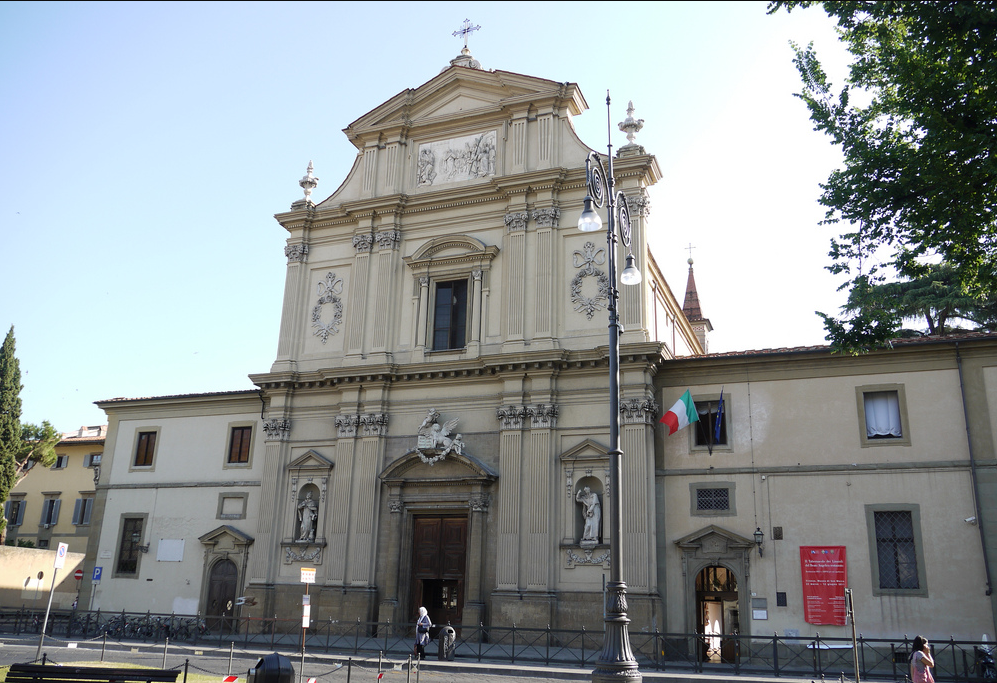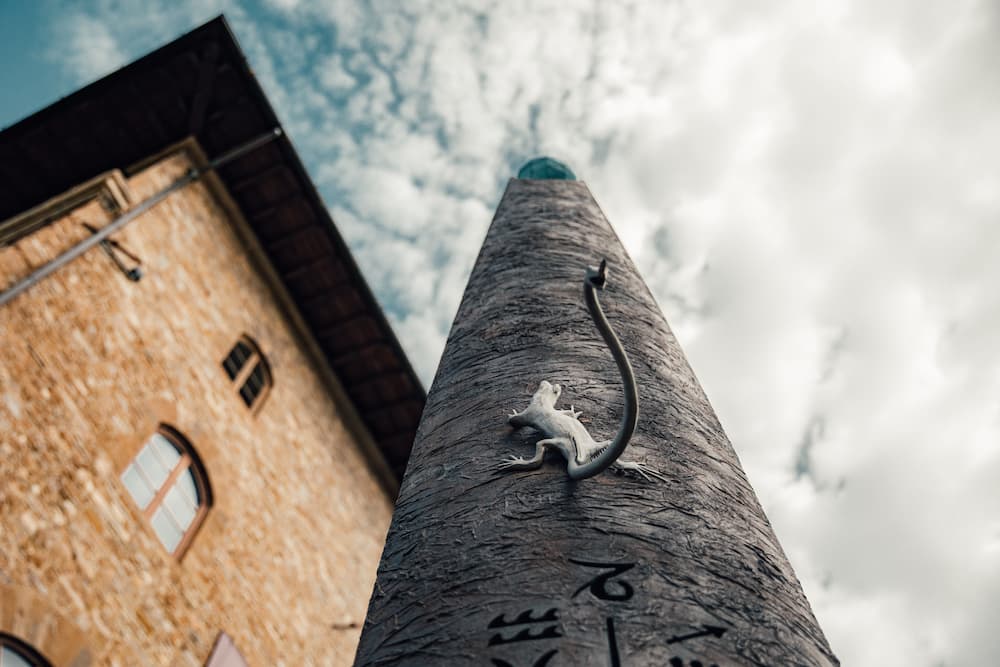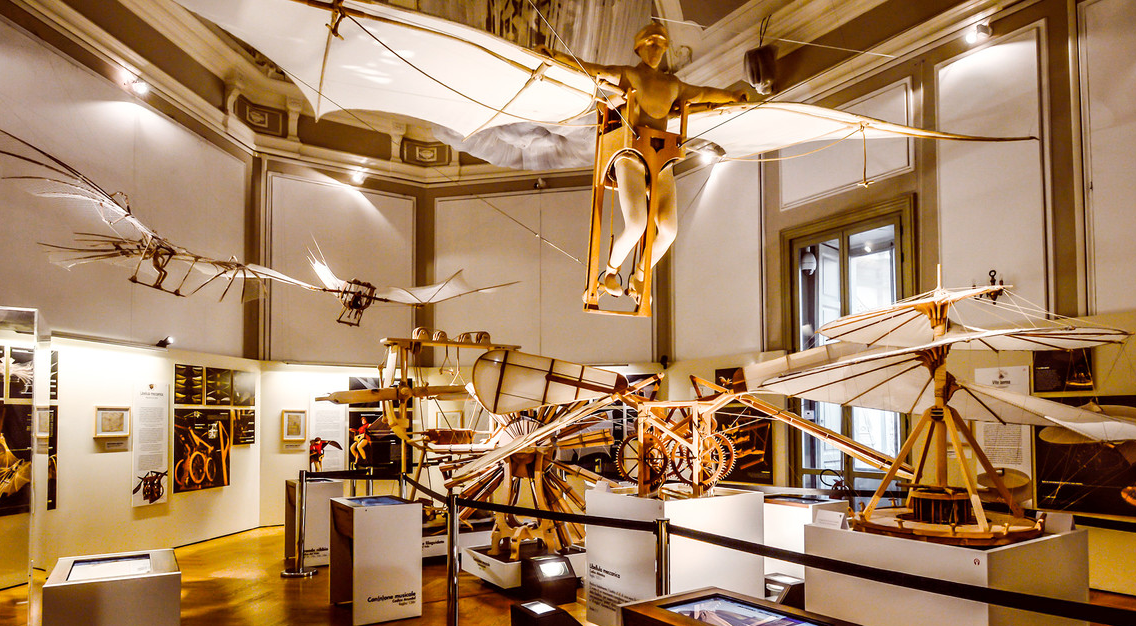The word museum comes from the Greek museum, which means ‘home of the muses’. In the modern sense, museums are institutions that are engaged in the study and preservation of cultural monuments as well as educational purposes.
The original meaning of a museum was a collection of artifacts, but over time it also encompassed the houses and buildings where the objects were displayed.
The first prototype of a modern museum was founded in Alexandria under the name Museion in 290 BC. This building had a huge number of rooms, and one of them was the famous Library of Alexandria, which has not survived to this day. There were also reading rooms, a dining room and other rooms. Gradually the building was expanded and new exhibits were added, such as stuffed animals that were used as visual aids for teaching.
Museums in the ancient ages
In ancient Greece, there were also rooms that housed art and cultural objects captured from other nations during wars, such as sculptures, statues and other works of art.
In the Middle Ages works of art were displayed in temples and monasteries (jewellery, manuscripts). At this time, exhibits seized during wars served, we could say, as payment for ransoms or other expenses.
In the 15th century Lorenzo de Medici (of internationally renowned lineage) commissioned the creation of the so-called Sculpture Garden. It was during these centuries that it became fashionable to build buildings with long corridors, and to place paintings and statues in them. In time, the fashion took over and the so-called ‘cabinets’ – rooms specifically designed to house works of art – began to be created. It quickly spread to Italy, then to Germany and then to the rest of Europe. Alongside cabinets there were also collections of unusual objects (Wunderkammer).
The creation of modern museums
Every modern museum was founded on the basis of private collections. Many famous people donated their collections to enlarge them and make them richer and more public. Such patrons often sponsored art collections, thereby helping to establish museums.
Many small collections were amalgamated into larger ones, and this is how modern museums were created. The very first modern museum is the British Museum in London, which opened in 1753. To visit it, written permission was required. The first public museum, however, was the Louvre, which opened in 1793.
The oldest museums in the world that you can still visit today
Some of the world’s oldest museums are still thriving. From collections of papal art to exhibits on prehistoric beasts, these houses of culture are perfect for exploring.
Museums have long been champions of the preservation of culture, religion and history. They celebrate and document human achievements and help tell the stories of our successes (as well as a rather extensive list of failures). Lately, they’ve also become the perfect places to take stunning Instagram shots and laugh at the overpriced pieces of cake.
Whether you want to soak up the oldest of the old on your next trip or just want to add to your cultural vocabulary, read on to learn about some of the world’s oldest museums.
1) Capitoline Museums, Rome
2) Vatican Museums, Italy.
3) Prado Museum, Spain
4) Ashmole Museum, UK
5) Bezanson Museum of Fine Arts and Archaeology, France
6) Charleston Museum, USA.
7) Duke Anton Ulrich Museum, Germany
The Capitoline Museum is the oldest museum in the world – now that’s an impressive name. Maybe in 5,000 years the New York Ice Cream Museum will be the last surviving cultural institution; its exhibits are perfect for surviving an apocalyptic ice age. For now at least, the historic name of the oldest museum in the world belongs to the Capitoline Museums of Rome, also known as the Capitolini Museum.
Why are the Capitoline Museums so important? Well, of all the cultural halls on earth that provide protection and a platform for antique paintings and fragile artefacts, it is Rome’s vast collection of art that has set a precedent for the famous institutions we know of today.
Going back to the beginning, the museum was made possible by Pope Sixtus IV. When he wasn’t in charge of the Sistine Chapel, founding the Vatican archives or finding a comfortable political job for family members, he carved out time to put together a collection of bronze sculptures and dedicate it to the good people of Rome.
This collection includes the Capitoline She-wolf, a depiction of the founders of Rome, Romulus and Remus, sucking the mother she-wolf that would become the symbol of the city, and the Colossal Head of Constantine. Both of these ancient objects can still be found in the museum today.
Following Pope Sixtus’ charitable action in 1471, the collection was enriched, as was the museum’s importance in preserving Rome’s history. The Capitoline Museums, housed in two historic buildings, embody classical elegance and attract millions of people to Rome each year.



